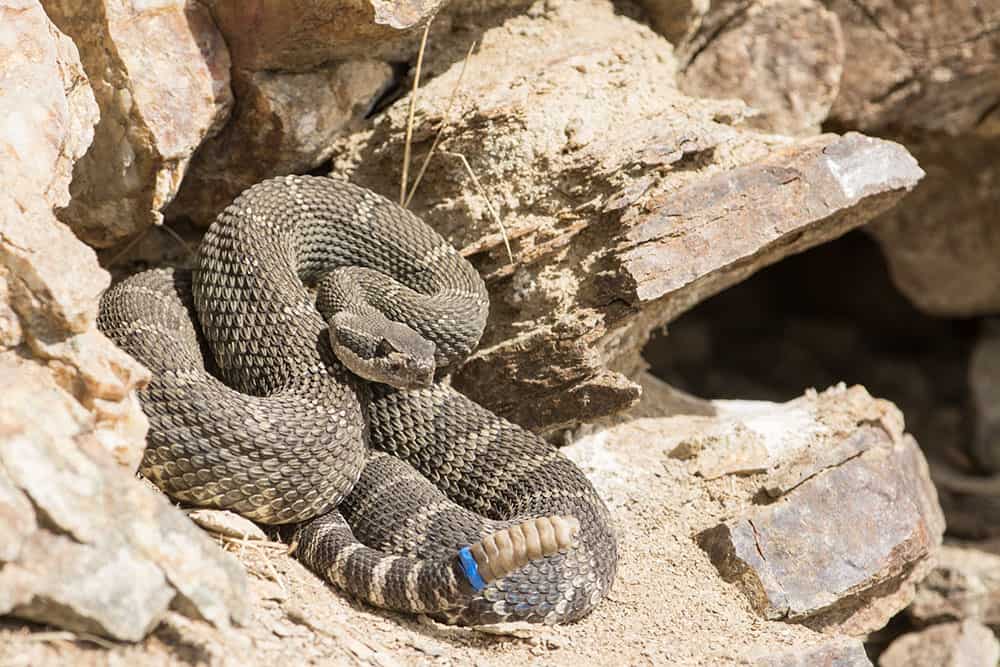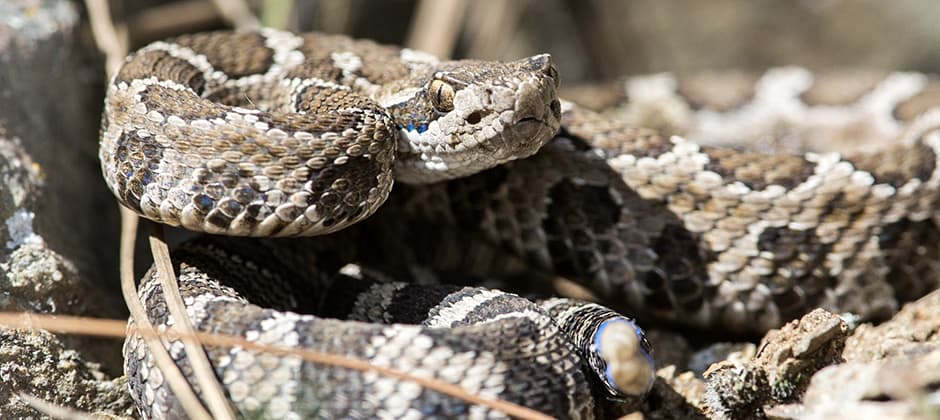Share this article
DNA reveals multiple rattler populations in British Columbia
Hundreds of genetic samples have revealed multiple distinct populations of western rattlesnakes in the northern part of their range in British Columbia.
“Western Rattlesnakes are currently managed as a single population in British Columbia. Our results suggest this status should be reassessed to better protect the total diversity of this species,” said Michael Russello, a biology professor at the University of British Columbia’s Okanagan campus and the senior author of a study published recently in Ecology and Evolution.
The western rattlesnake (Crotalus oreganusis) is distributed widely across the western half of the United States and north into British Columbia. While the snakes are abundant through most of this range, they are considered threatened under Canada’s Species at Risk Act due to small population size and restricted distribution at their northern range margin, where conditions are less suitable for the species.
“In B.C., Western Rattlesnakes are threatened by road mortality, direct persecution, and habitat loss due to human development. Ongoing research in the province has sought to evaluate various strategies to help mitigate these threats,” said Danielle Schmidt, a PhD student at UBC-Okanagan and lead author of the study.
Rattlesnakes in the province are fragmented between several populations, and wildlife managers wanted to learn more about their levels of genetic diversity and degree of connectivity. This information can be especially important in cases where losing snakes in one area may present more of a significant loss than in others. “You can lose biodiversity before you can even recognize it as different,” Russello said.

Western rattlesnakes are considered threatened in Canada. Credit: Marcus Atkins
Researchers gathered DNA samples from hundreds of individual snakes using a minimally invasive swab of the reptiles’ cloaca — the posterior opening for their digestive and reproductive systems.
Their analysis showed significant genetic differences in snakes found in different parts of British Columbia, finding 11 genetically distinct complexes. Species at risk in Canada are managed as designatable units, similar to the distinct population segments managed under the Endangered Species Act in the United States. Russello said the snakes should likely be split into multiple designatable units, suggesting a reassessment may be in order. One of the populations in the far northwest of the snake’s range is particularly isolated and significantly different genetically from any other western rattlesnake studied to date. He also said the results can help guide management strategies that identify areas for habitat protection or assist in re-establishing connectivity.
“It’s important to be able to draw these circles around what are behaving as distinct populations,” he said. “Genetics provides valuable tools for helping to fill this knowledge gap.”
Header Image:
Western rattlesnakes in British Columbia may need to be managed as several separate populations.
Credit: Marcus Atkins








